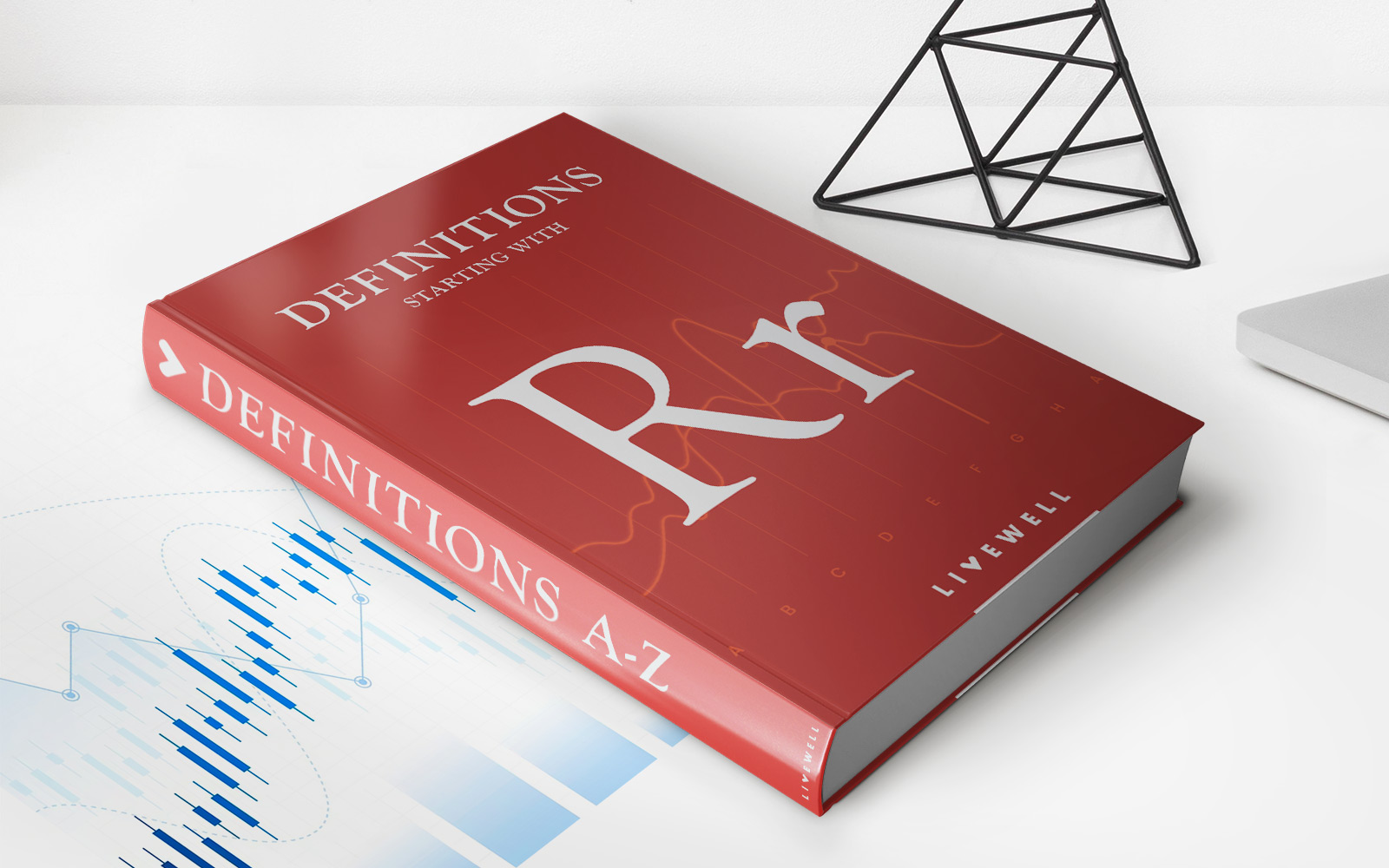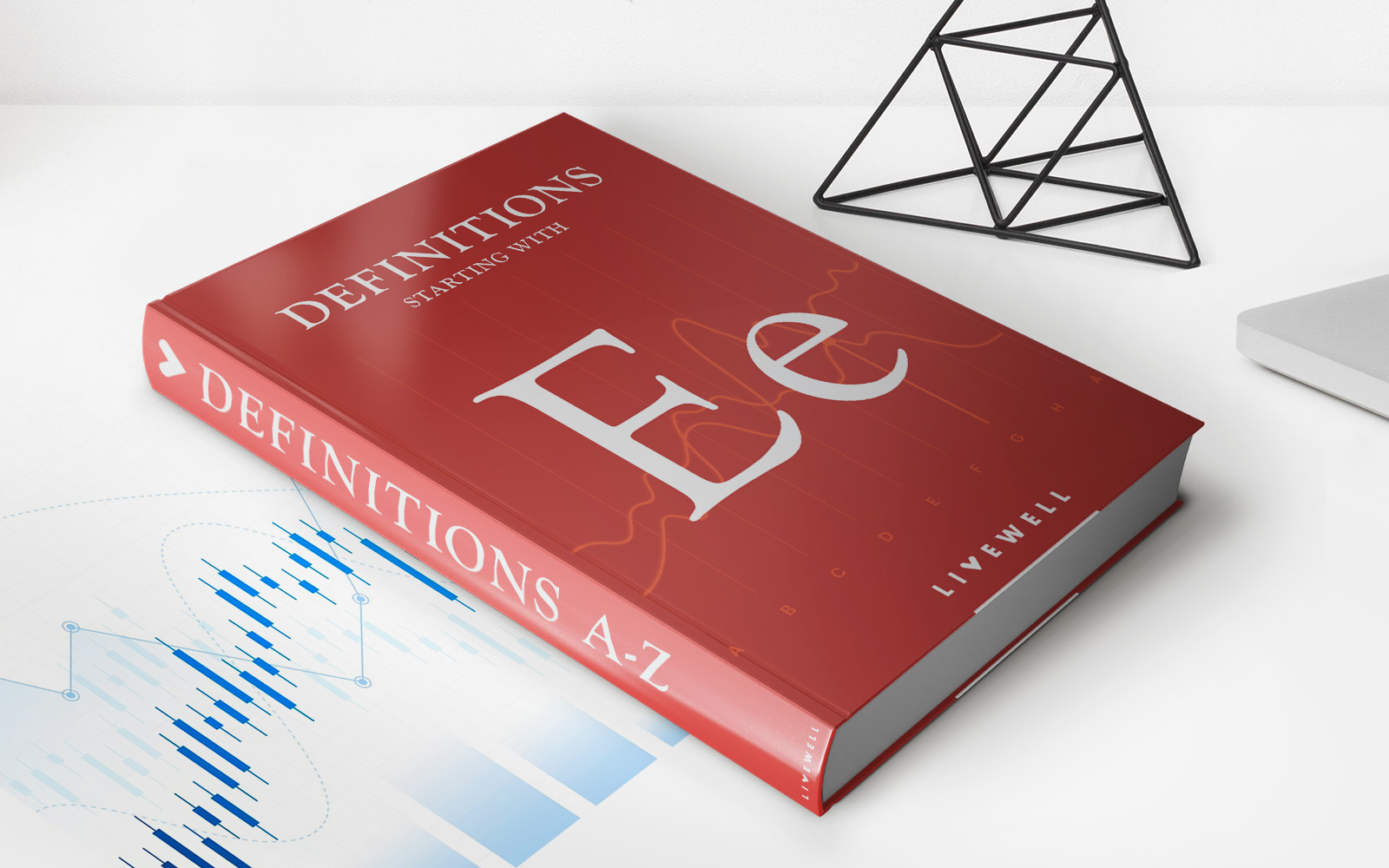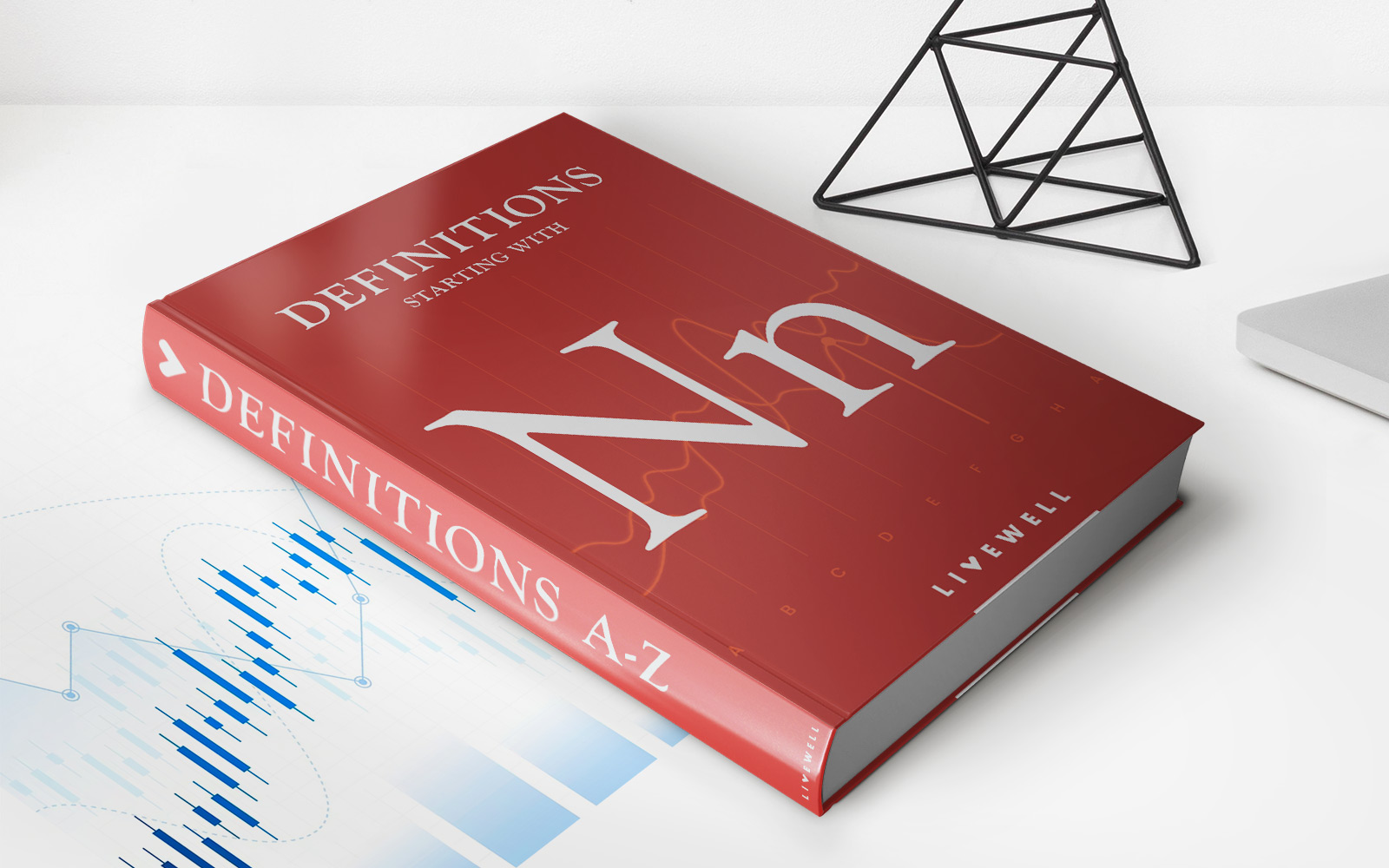Home>Finance>Economic Value Of Equity (EVE) Definition, Limitations


Finance
Economic Value Of Equity (EVE) Definition, Limitations
Published: November 16, 2023
Learn the definition and limitations of Economic Value of Equity (EVE) in finance. Gain insights into this important financial metric.
(Many of the links in this article redirect to a specific reviewed product. Your purchase of these products through affiliate links helps to generate commission for LiveWell, at no extra cost. Learn more)
Economic Value of Equity (EVE) Definition, Limitations
Gaining a comprehensive understanding of financial concepts is crucial in navigating the complex world of finance. For those looking to delve into the realm of investment and risk assessment, understanding the Economic Value of Equity (EVE) becomes imperative. In this blog post, we will explore EVE’s definition, its significance in the financial landscape, and the limitations that come with its application.
Key Takeaways:
- Economic Value of Equity (EVE) is a financial metric used to measure the net present value of a bank’s shareholders’ equity.
- EVE helps financial institutions evaluate the potential changes in their equity value due to interest rate movements.
Understanding EVE
Economic Value of Equity (EVE) is a widely recognized financial indicator used to determine the net present value of a bank’s shareholders’ equity. It serves as a measure of the potential changes in the value of a bank’s equity resulting from fluctuations in the interest rate environment. By assessing EVE, financial institutions can gain insights into their vulnerability to interest rate risk and adjust their strategies accordingly.
In simpler terms, EVE can help organizations evaluate the impact of interest rate changes on the overall value of their equity, giving them a clearer understanding of the potential financial risks they may face.
Limitations of EVE
While EVE is a valuable tool in assessing interest rate risk, it’s essential to acknowledge its limitations in providing a complete picture of a bank’s financial health. These limitations include:
- Assumptions: EVE is based on certain assumptions, such as the behavior of interest rates and customer response. Any deviation from these assumptions can introduce inaccuracies into the calculation.
- Lack of granularity: EVE provides a high-level view of a bank’s equity value, but it may not factor in the intricacies of individual assets and liabilities. This lack of granularity could lead to an oversimplification of a bank’s risk exposure.
- Market volatility: In periods of extreme market volatility, EVE may not accurately reflect the true financial risks faced by a financial institution. Sudden and significant changes in interest rates can have a profound impact on a bank’s equity value.
- Other risks: EVE primarily focuses on interest rate risk and may not consider other significant risks such as credit risk, liquidity risk, or operational risk. It’s crucial to incorporate a comprehensive risk management framework to address these other potential sources of risk.
Conclusion
While not without limitations, understanding the Economic Value of Equity (EVE) is essential for financial institutions to assess their exposure to interest rate risk. By analyzing EVE, organizations gain valuable insights into their equity value and can make informed decisions to mitigate potential risks. However, it’s important to consider other factors and risk management practices for a comprehensive evaluation of a bank’s overall financial health.














